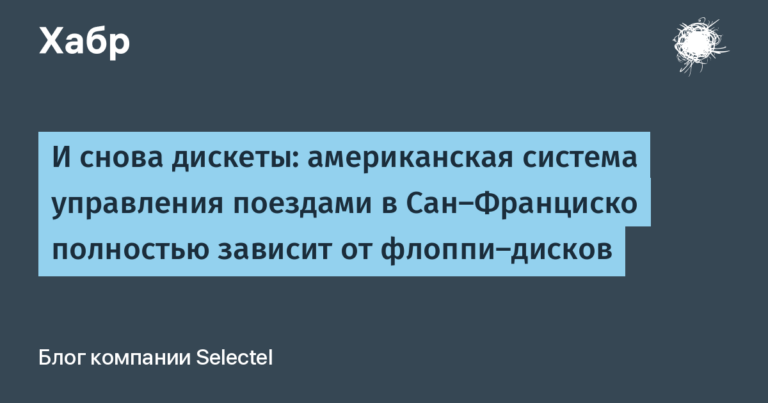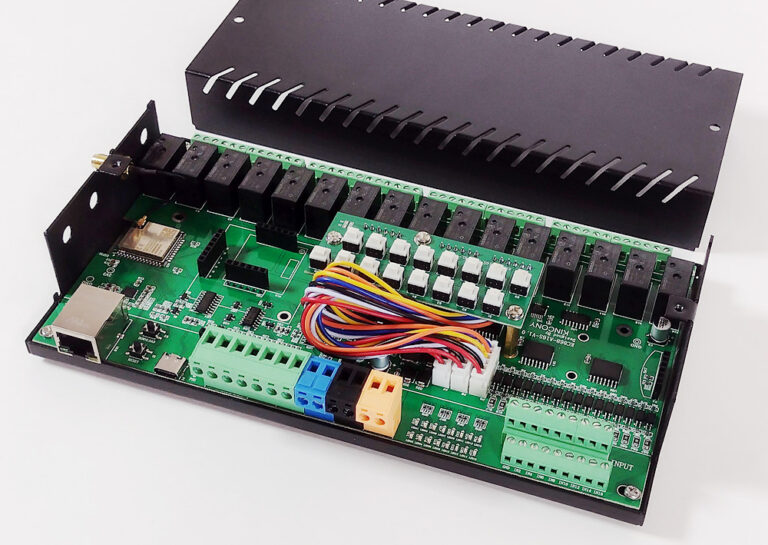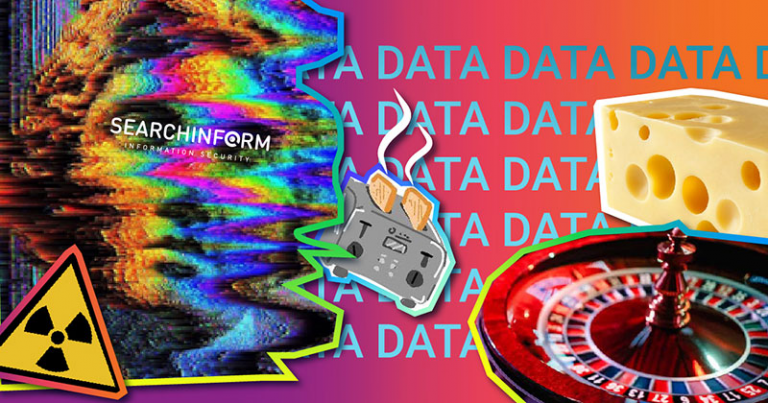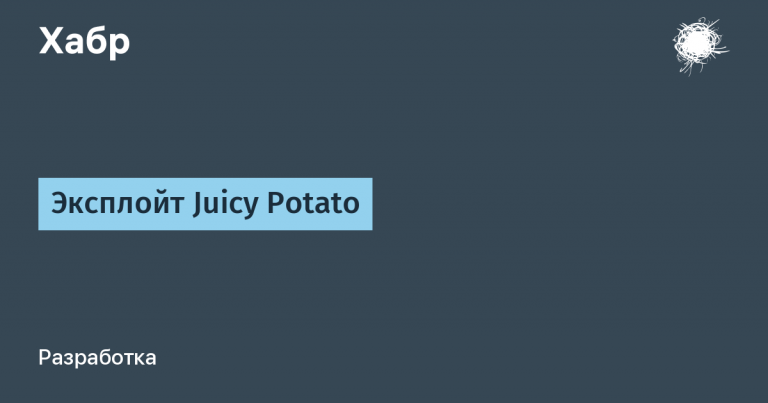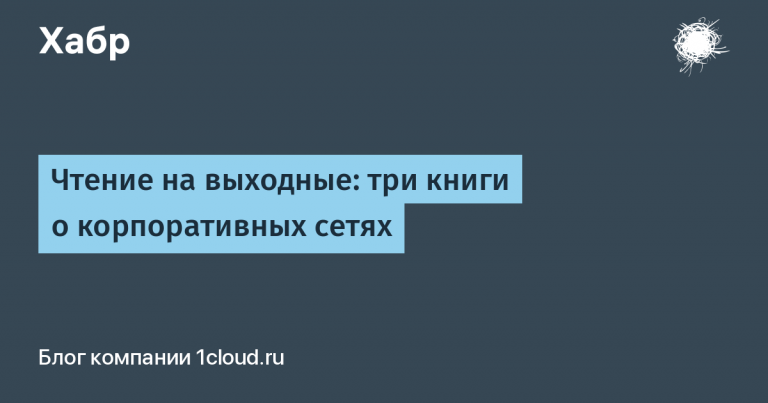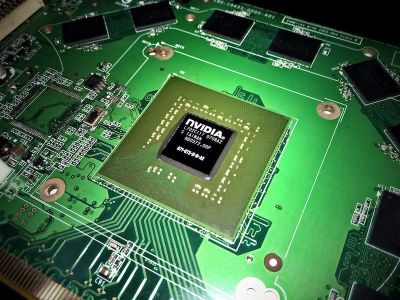Online Hackathon “New Reality” VirusHack. How it was
In early May, together with RAEC and the Innovation Agency of Moscow, we held the hackathon “New Reality”, dedicated to the ideas of products and services that could be useful to people, the state and business in the current conditions, as well as after returning life to normal.
More than 200 teams were registered, we received over 6,000 applications, as a result, approximately one out of five passed the selection.
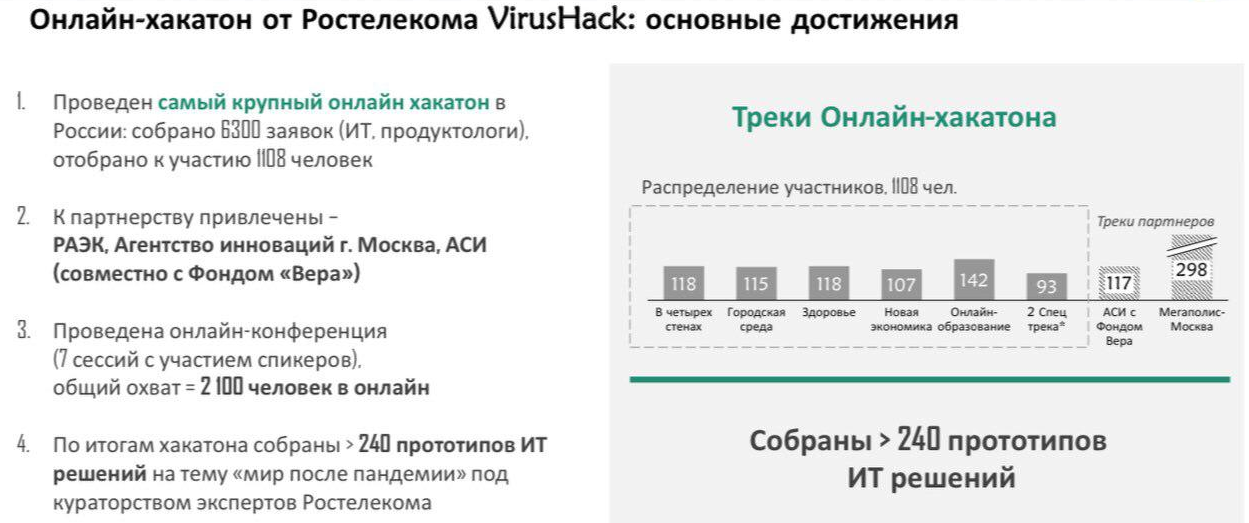
We want to thank everyone who has expressed interest in the event and participated in our hackathon. It should be immediately noted that the main goal was not to come up with some kind of working service from scratch and bring it to the state of the finished product a couple of days, but to grope this or that idea, evaluate and predict its necessity and relevance in the new world. Or pay attention to the existing problem, a solution that is already there and written by someone, but does not cope with its tasks. I found such a service and came up with how to improve it qualitatively? Great, this is also a good application for participation and the opportunity to win. In general, we are looking for an idea, looking for opportunities to improve something that already exists, and scale it.
More about how it went, under the cut.
Differences from the usual hackathons
Ordinary hackathons, if we are talking about the offline format, it’s to show ourselves, to see others, and to cooperate with some good team of like-minded people. Therefore, they often come both to those who are interested in the topic itself or the organizing company (after all, as often as they showed themselves well, consider it, showed a good resume), and those who, in general, for the first time in their life at a hackathon, basically want to start adding to their track record events and a collection of badges.
In the case of VirusHack, we did everything online, so one of the main differences for us was the level of participants. If you take a standard hackathon and build a plate with a conditional level of knowledge and skills of the participants, then this will be a rather curved line. Someone came for the first time and generally only gets involved in the process, someone is embarrassed, although not badly pumped in terms of skills, others are seasoned Jedi and hereditary walkers to hackathons in the third generation.
It turned out so that the general level was very smooth, almost a straight line. This happened because almost everyone who decided to participate in an online hackathon is a people with a serious background and a strong experience of participating in other hackathons. Why it happened is a question. Maybe the format of conducting a hackathon directly online is a little unusual, so the newcomers did not dare to do this. Maybe it’s something else.
But in the end, we got pretty savvy guys who came up with good ideas. We will remind a little of the tracks themselves.
Tracks
New economy
Solutions related to business processes outside the usual office. Logistics and ecommerce, technologies to improve business performance in the new conditions, IoT, 5G and much more.
In four walls
All about udalenka. How not to go crazy, work from home (and everyone has conditions of varying degrees of comfort), maintaining physical fitness, psychological balance.
Health
First of all, telemedicine, remote interaction of a doctor and a patient, disease prevention. Electronic recipes and sick leave. Here – health monitoring, work with wearable devices, AI technology, 3D printing for medicine and the like.
Online education
Solutions designed to help students. Services themselves for study, products to enhance motivation, gamification of the process (AR / VR). In the same track and solutions for teachers, including sports education. Peer-to-peer-services for teachers and much more.
Urban environment
Everything related to the smart home, sensors, services for security, of course, with the digitalization of the beloved housing and communal services by everyone, new ways of communicating with the townspeople. In general, the ability to make the city smarter.
Megapolis Moscow
A special track from the Moscow Innovation Agency is the urban environment, adjusted for the peculiarities of a huge metropolis and living in it: supporting vulnerable categories of citizens during self-isolation, improving the lives of citizens, monitoring health at home, and more.
And here is how the prize places were distributed (the description of the projects is from the teams themselves).
Winners
In four walls

First place – wollem team
App for home workouts.
The application solves the problem of increasing efficiency and maintaining interest in home training.
Brief use case:
1) The user selects a training program based on his level of physical fitness
2) Daily receives a set of exercises for the day
3) Put the phone / laptop so that it gets into the review of the selfie camera
4) The application in real time captures the number and quality of exercises performed
5) When performing the daily / predetermined norm of exercises, the user receives points, increasing his progress indicators and level. If the exercises are not performed, the progress is reset.
6) Accumulated points can be spent on internal transactions
Second Place – TaleStorm Team
Online psychology service – Skyeng in the world of psychology, the user will be able to choose a convenient time for consultation and phone with a psychologist. The market of psychology will develop, as well as telemedicine. And psychologists from the regions have a need to find their client in richer regions. And with the help of this service we can do it.
Third place – Team Pump Crab Pedal Kebab
As a joint entertainment for the whole family, we want to make a designer of quizzes and quizzes (and different mechanics for them), which can be played through video calls with friends and relatives.
Urban environment

First place – ZopZopVzlom
We present a technology for fully automatic decomposition of an electrical signal into its constituent electrical receivers using machine learning algorithms. The technology is implemented on the basis of widely available electronic components with access to data through the application.
Second place – PPnP.me
We want to develop a service that solves the problems of verification, optimization and logistics of social volunteering during a pandemic. The system interface is a telegram bot that uploads data to Google Sheets and simplifies the work of volunteers. We talked with the volunteers: they need such a service.
Third place – waico
The predictive analytics system as a result of early detection of malfunctions and predicting the state of elevator equipment reduces the cost of maintenance and repair due to the awareness of maintenance personnel about the timing and probability of future malfunctions.
Health

First place – 03AI developers
We hope to make telemedicine such that it benefits both people and doctors. To create such a service, we will use machine learning technologies, recommendations of familiar doctors and experience in solving computer vision problems.
Second Place – TEAM X
We will help determine the specialization of the necessary doctor without an initial visit, we will recommend tests and make a diagnosis. Using machine learning algorithms, we will combine all the stages of patient management in one application. And shorten the time from the first symptoms to the diagnosis.
Third Place – KVantakt
Make an electronic patient card storing patient data. The card is a plastic case with a built-in memory module. This will allow you to monitor the patient’s health status in dynamics, indicate weak aspects of his health, and make quicker decisions in emergency situations.
New economy

First Place – Show Your Skills
Our application / product will help educate your company employees to use the new online programs used in internal processes.
When an employee starts working in a new online program, or when a transition to a new program is made, it is difficult for him, the employee needs to be trained to use the new program in accordance with the processes of your company.
We are doing an add-on to a program where you can write your own learning scenario specific to you. The given script will display prompts and guide the user through the steps of the process.
Second Place – Evil Goblins
Self-service cash desk with voice control. We will focus on voice control of the interface and the interface itself, taking into account minimizing the time that the user spends on purchases.
Urban environment: a project for the artistic painting of dormitory houses.
Third Place – Fully Disconnected Layer
We want to help businesses quarantine with a video analysis system that:
- identifies products and surfaces with an increased number of contacts for more frequent disinfection
- reveals visitors without masks
- controls the occupancy of the room
Our solution will be easily implemented in video monitoring of supermarkets, shopping centers and shops /
Online education
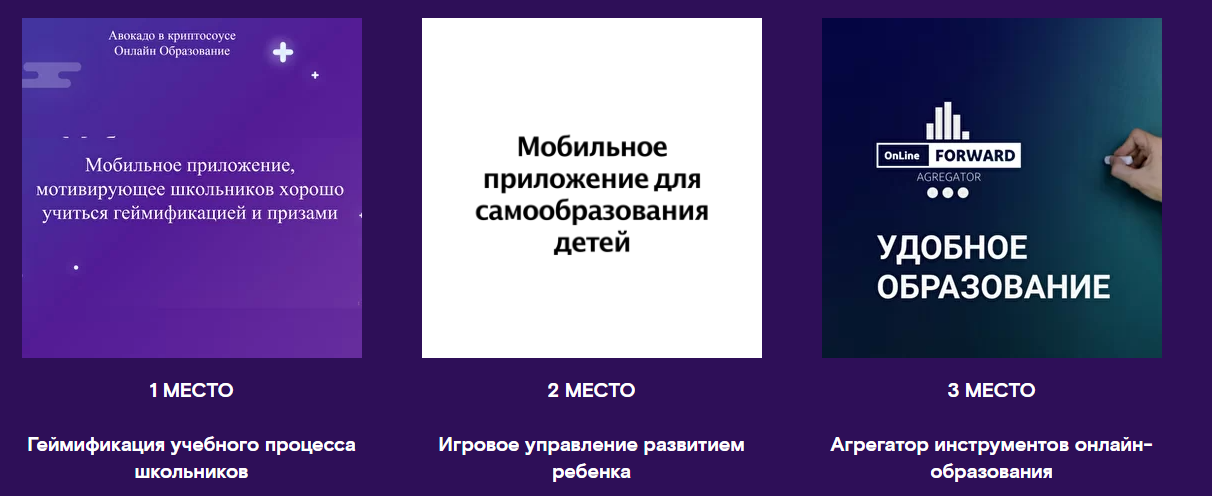
First Place – Avocados in Cryptosauce
We have two ideas.
Idea 1: A virtual gamified schoolboy diary.
An application that allows a student to set goals according to grades and develop his avatar in the fulfillment of these goals. When registering, the student gives access to his electronic diary and creates the student’s avatar based on her real photo using machine learning algorithms. For the successful achievement of goals (getting fives), a student can earn virtual or real gifts from affiliate social programs.
Promotion is a key aspect of learning success. We solve the problem of motivating students in the educational process, linking successes to the achievements of the game character. Thus, the learning process becomes a fun positive affection.
Idea 2: “Modification of annoying bad news about coronavirus”
A neural network for analyzing news feeds, trained on humorous stories and memes. Implemented as a browser plugin and / or as a mobile application.
Second Place – Chainify Obra
Summer camp / kindergarten on a remote venue for older preschoolers with different types of activities with / without a teacher. Classes with the teacher through the built-in video chat. For parents on a remote site or for those who do not have enough time for themselves in quarantine.
Third Place – Forward
Conducting the exam in the online on a secure data channel, receiving the key on the day of the exam / exam to decipher the tasks for the student and instant verification of answers that can be checked automatically
Netris
First Place – Black Swan
The whole system is called camtester.
The architecture is as follows:
- There is a camtester-api service that accepts requests for camera testing via the REST API.
- camtester-api registers the received application in postgres and sends it to rabbitmq.
- In rabbitmq, an order is placed in a queue that matches the type of order.
- Each type of queue listens to a pool of the same type of microservice handlers that process the request in accordance with the logic of their work (it can be simple ping, it can be a video stream with subsequent analysis, etc.).
- Handlers return the result to a single result queue that camtester-api listens on.
- camtester-api upon receiving the result updates the status of the task in the database.
Second Place – Serotonin Syndrome
Determining the attention of schoolchildren according to video cameras during the lesson. Then the teacher is shown the most interesting and uninteresting parts of the lesson so that he can improve his approach.
Voice diary with recognition and tracking of emotions for children or senior citizens.
Platform for conducting online drawing lessons.
Third place – Jdem vakansiy
We plan to use the solution using classical or self-written monitoring tools and neural networks.
RTK IT
First Place – Pegasus
We will predict incidents using machine learning.
We will do dashboards for visual monitoring.
And also send alerts on critical events.
Second Place – Natural Series
Let’s analyze the data first. Understand what factors are causing the incidents.
We will train classifiers on these factors and use time-series models.
Third Place – Data Forecast
The network incident monitoring system will consist of the following services:
- service for collecting equipment indicators and other data (for example, authorization logs)
- service for training machine learning models based on collected data
- service for analyzing network events in real time based on a trained model
- administrative panel for viewing potential problems and setting alerts in various channels (for example, mail or Telegram)
The main advantage of our solution will be the ability to pre-detect the prerequisites for network crashes and maintain customer loyalty.
Vera Foundation
First Place – Dope Zebra EVM
Idea 1 – Within 4 Walls
A mobile application that allows you to organize routine daily work in a playful way. With the ability to share achievements, compete with friends and do not forget to do important things, receiving motivating rewards for this.
As well as providing the opportunity to develop in selected areas (Intelligence, strength, etc), receiving tasks from these categories on an ongoing basis, simultaneously monitoring the personal progress and successes of friends.
Idea 2 – Health
A mobile application that provides an opportunity for those in need to find volunteers nearby for timely assistance. The target audience includes all risk groups of Coronavirus, which may need to find people to buy food, medicine or just financial assistance in connection with the current situation. The application will also be relevant after exiting the self-isolation mode, as there will always be people who need our help.
Idea 3 – Care for seriously ill patients in the Digital City
A mobile application providing a service for the care of seriously ill people. Including reminders according to an individual care plan, panic buttons for sick people with alerts to multiple numbers and push notifications at certain intervals, shortcuts for siri / google now for pressing this button, monitoring the dynamics of the condition (pain levels, weight, mood), and the possibility of consultation with existing doctors via video link for unloading hospital beds.
Second Place – Number 17
Helping Hand: A modular mobile app for the care of seriously ill patients. The emphasis is on convenience and organic ways of obtaining information (communication with the bot). Not only a digital assistant outside, but also a convenient API for expanding and connecting partners and services in the future.
Third Place – Lapkisoft
Care for seriously ill patients – we implement all the functionality from TK.
Within four walls – a service for those who like a competitive effect (with elements of gamification).
Online education is an interactive service (again with elements of gamification) with an emphasis on well-known topics.
Total
Thanks again to those who participated. I admit, we did not expect that such a large number of people will respond to the call to try to make services to help people, for education, for business. You guys are great!
By the way, the fact that the hackathon has ended does not mean that the work with teams has ended: now we are working on new options for interacting with teams and developing their solutions.
You can watch the top 10 projects in each track, videos and detailed presentations of participants here on this page.
